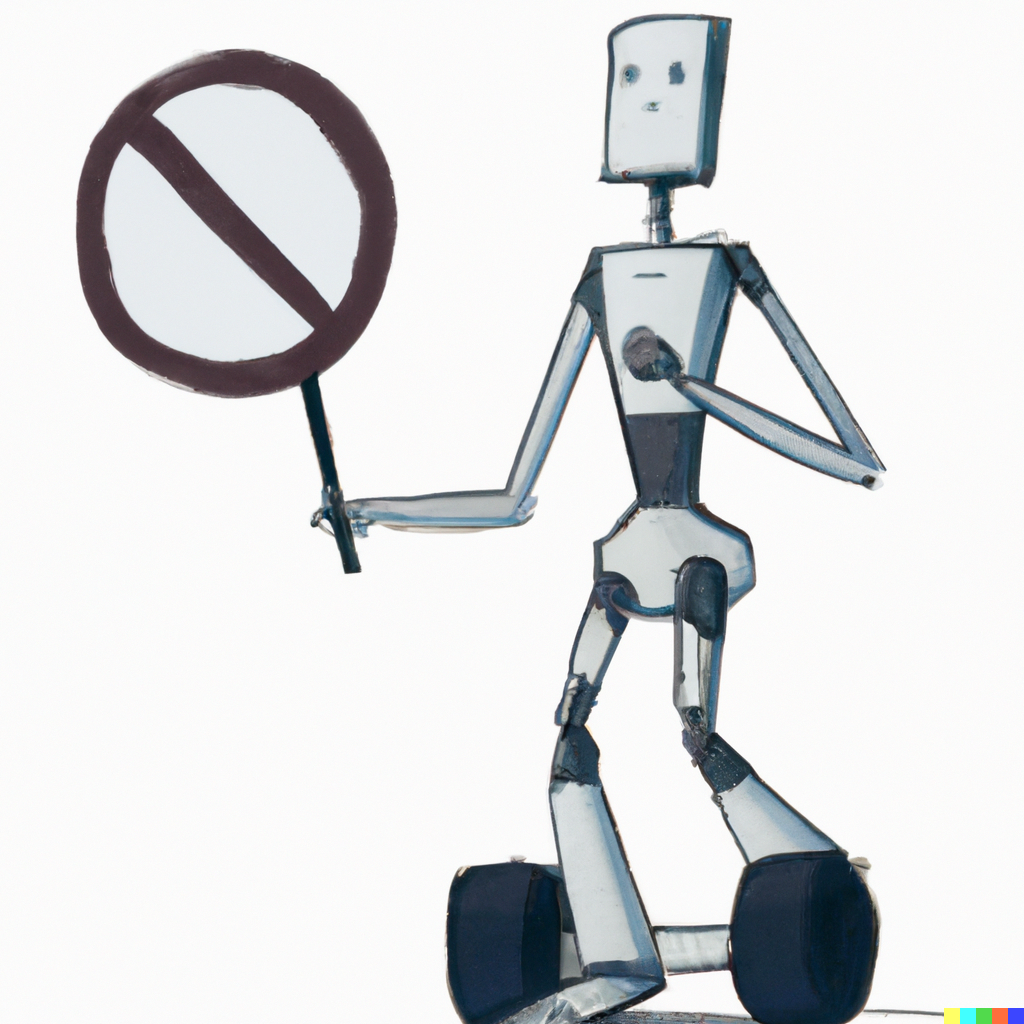What is Robotic Process Automation (RPA)?
But what exactly is RPA, and how does it work? In this post, we'll give you an overview of RPA, its benefits, and how it's transforming the way businesses operate.

If you’re involved in the world of business or technology, chances are you’ve heard of Robotic Process Automation (RPA). But what exactly is RPA, and how does it work? In this post, we’ll give you an overview of RPA, its benefits, and how it’s transforming the way businesses operate.
What is Robotic Process Automation (RPA)?
Robotic Process Automation (RPA) is a type of software technology that uses bots (or “robots”) to automate repetitive and time-consuming tasks. These bots are programmed to perform tasks that were previously done by humans, such as data entry, document processing, and customer service inquiries. RPA software can work 24/7, which means that it can help organizations to streamline their operations, reduce costs, and improve productivity.
What is an example of RPA?
An example of RPA in action is a software robot that can log into a company’s email system, read incoming messages, and then automatically forward them to the appropriate department or individual.
What is RPA being used for?
RPA is being used in a variety of industries to automate repetitive and time-consuming tasks. Some common uses of RPA include:
- Data entry and processing
- Document processing and management
- Customer service inquiries
- Financial and accounting processes
- Human resources processes
- Supply chain and logistics processes
How does RPA work?
RPA bots are programmed to follow a set of rules and instructions that are designed to replicate the actions of a human worker. They can be trained to perform a wide range of tasks, such as reading and processing data from documents, interacting with software applications, and sending emails. RPA bots can also be integrated with other technologies, such as Artificial Intelligence (AI) and Machine Learning (ML), which can help to enhance their capabilities.
What are the benefits of RPA?
There are several benefits of RPA, including, but not limited to:
- Improved productivity: RPA can help to automate repetitive and time-consuming tasks, which frees up time for employees to focus on more valuable work.
- Increased accuracy: RPA bots are programmed to follow a set of rules and instructions, which means that they are less likely to make mistakes compared to humans.
- Cost savings: RPA can help organizations to reduce costs by automating tasks that were previously done by humans.
- Better customer service: RPA bots can help to improve customer service by providing faster response times and more accurate information.
What is the difference between RPA and automation?
RPA is a type of automation that involves the use of software robots to automate tasks. However, RPA is different from traditional automation in that it can mimic human actions and decision-making.
How is RPA transforming the way businesses operate?
RPA is transforming the way businesses operate by automating repetitive and time-consuming tasks, which allows employees to focus on more valuable work. It’s also helping organizations to reduce costs and improve productivity, which can lead to increased profitability. With the rise of RPA, businesses are becoming more efficient, more agile, and more competitive in their respective markets.
Conclusion
Robotic Process Automation (RPA) is a type of software technology that uses bots to automate repetitive and time-consuming tasks. It can help organizations to streamline their operations, reduce costs, and improve productivity. With the rise of RPA, businesses are becoming more efficient and more competitive in their respective markets. As RPA continues to evolve, it will be interesting to see how it will transform the way we work and do business.



